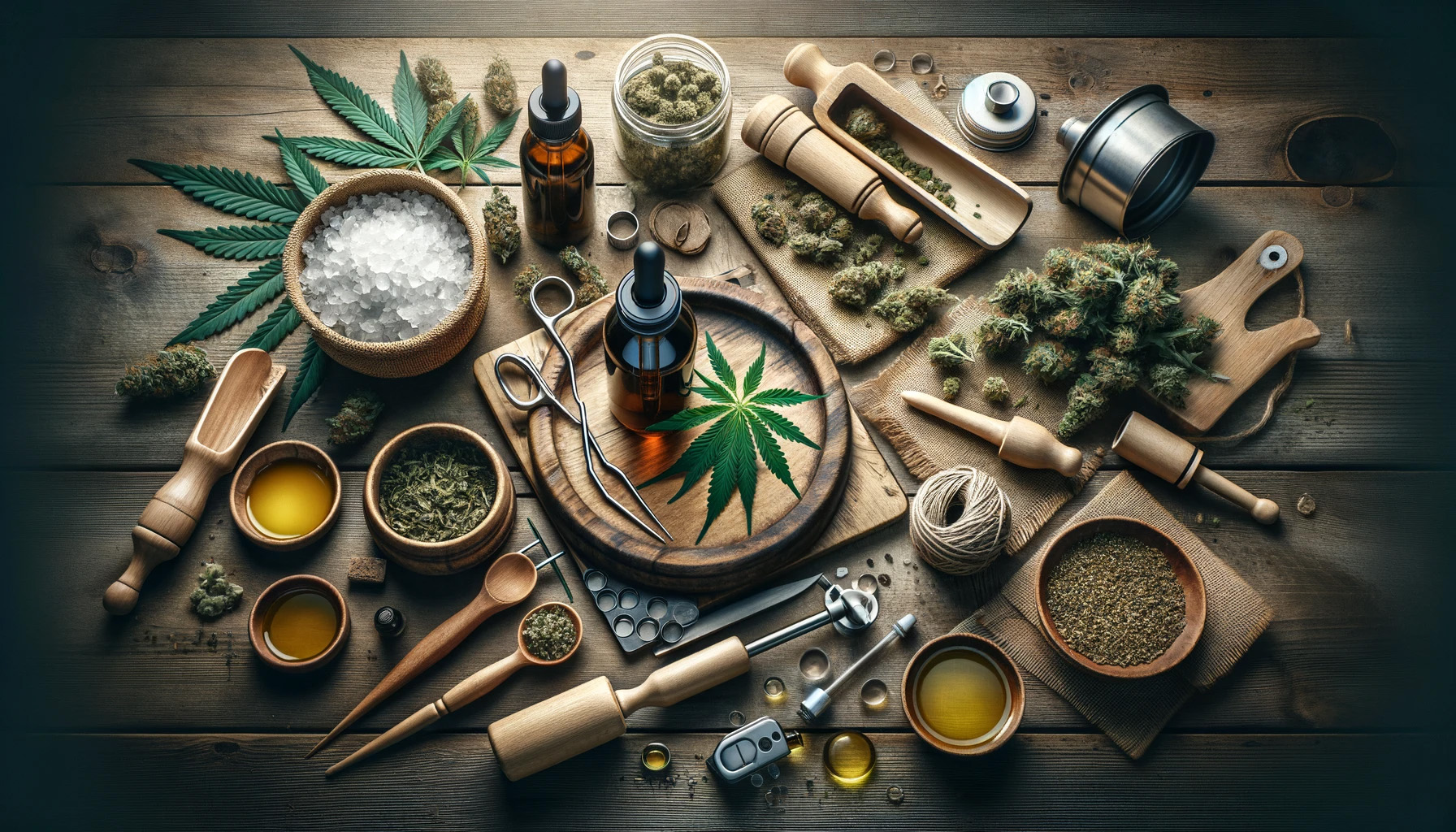Roasted coffee beans are the heart of the coffee experience, offering rich flavors and aromatic qualities that define a great cup of coffee. The roasting process transforms green coffee beans into the dark, aromatic beans we recognize and cherish. Here’s a comprehensive look at what you need to know about roasted coffee beans.
1. The Roasting Process
Roasting is a crucial step in coffee production that significantly impacts the flavor profile of the beans. It begins with green coffee beans, which are heated in a roaster. The heat causes chemical changes in the beans, developing their flavor and aroma. The process can be divided into several stages:
Drying Stage: The beans start to lose their moisture content, and the green color begins to fade.
Browning Stage: The Maillard reaction occurs, leading to the development of complex flavors and aromas. This stage is critical for creating the beans’ flavor.
Development Stage: The beans expand and change color, reaching the desired roast level. This is where flavors like chocolate, fruit, or nutty notes are formed.
Roasting levels vary from light to dark, with each level offering different flavor profiles. Light roasts are known for their bright, acidic notes, while dark roasts tend to have more robust, smoky flavors.
2. Freshness and Storage
Freshness is key to enjoying roasted coffee beans. Ideally, coffee beans should be consumed within two to four weeks of roasting. Over time, roasted beans lose their flavor due to the oxidation process, which can lead to a stale taste.
To maintain the freshness of your coffee beans, store them in an airtight container in a cool, dark place. Avoid keeping them in the refrigerator or freezer, as moisture and temperature fluctuations can negatively affect their flavor. For optimal taste, grind your coffee beans just before brewing.
3. Grinding and Brewing
The grind size of your coffee beans is essential for a good brew. Different brewing methods require different grind sizes. For instance, a coarse grind is suitable for a French press, while a medium grind works well for drip coffee makers. A fine grind is ideal for espresso machines.
Roasted coffee beans are versatile and can be used in various brewing methods, including drip coffee makers, espresso machines, French presses, and pour-over systems. Each method extracts flavors differently, so experimenting with different techniques can help you find your perfect cup.
In summary, roasted coffee beans are a central element of coffee culture. Understanding the roasting process, ensuring freshness, and choosing the right grind size are all crucial for brewing a delicious cup of coffee. With the right knowledge and care, you can enjoy a rich, flavorful coffee experience every time.


